TIME-HARMONIC
ELECTROMAGNETIC FIELDS
�
IEEE PRESS SERIES ON ELECTROMAGNETIC WAVE THEORY
The IEEE Press Series on Electromagnetic Wave Theory consists of new titles as well as reprints and re
visions of recognized classics that maintain long-term archival significance in electromagnetic waves
and applications.
Series Editor
Donald G. Dudley
University ofArizona
Advisory Board
Robert B. Collin
Case Western Reserve University
Akira Ishimaru
University of Washington
D. S. Jones
University 0/ Dundee
Associate Editors
ELECTROMAGNETIC THEORY, SCATTERING,
AND DIFFRACTION
Ehud Heyman
Tel-Aviv University
INTEGRAL EQUATION METHODS
Donald R. Wilton
University 0/Houston
DIFFERENTIAL EQUATION METHODS
Andreas C. CangelJaris
University ofArizona
ANTENNAS, PROPAGATION, AND MICROWAVES
David R. Jackson
University ofHouston
BOOKS IN THE IEEE PRESS SERIES ON ELECTROMAGNETIC WAVE THEORY
Christopoulos, C., The Transmission-Line Modeling Methods: TLM
Clemmow, P. C., The Plane Wave Spectrum Representation ofElectromagnetic Fields
Collin, R. B., Field Theory ofGuided Waves, Second Edition
Collin, R. E., Foundations/or Microwave Engineering
Dudley, D. G., Mathematical Foundations/or Electromagnetic Theory
Elliot, R. S., Electromagnetics: History, Theory, and Applications
Felsen, L. B., and Marcuvitz, N., Radiation and Scattering of Waves
Harrington, R. F., Field Computation by Moment Methods
Hansen et al., Plane-Wave Theory of Time-Domain Fields: Near-Field Scanning Applications
Ishimaru, A., Wave Propagation and Scattering in Random Media
Jones, D. S., Methods in Electromagnetic Wave Propagation, Second Edition
Lindell, I. V., Methods/or Electromagnetic Field Analysis
Peterson et al., Computational Methods/or Electromagnetics
Tai, C. T., Generalized Vector and Dyadic Analysis: Applied Mathematics in Field Theory
Tai, C. T., Dyadic Green Functions in Electromagnetic Theory, Second Edition
Van Bladel, J., Singular Electromagnetic Fields and Sources
Volakis et al., Finite Element Method/or Electromagnetics: Antennas, Microwave Circuits, and Scatter
ing Applications
Wait, J., Electromagnetic Waves in Stratjled Media
�
An IEEE Press Classic Reissue
TIME-HARMONIC
ELECTROMAGNETIC FIELDS
Roger F. Harrington
Professor ofElectrical Engineering (retired)
Syracuse University
IEEE Antennas & Propagation Society, Sponsor
IEEE Microwave Theory and Techniques Society, Sponsor
+IEEE
IEEE Press
rnWILEY
~INTERSCIENCE
JOHN WILEY & SONS, INC.
New York • Chichester • Weinheim • Brisbane • Singapore • Toronto
�
This text is printed on acid-free paper. ®
Copyright © 200 I by the Institute of Electrical and Electronics Engineers, Inc. All rights reserved.
No part of this publication may be reproduced, stored in a retrieval system or transmitted in any
form or by any means, electronic, mechanical, photocopying, recording, scanning or otherwise,
except as permitted under Section 107 or 108 of the 1976 United States Copyright Act, without
either the prior written permission of the Publisher, or authorization through payment of the
appropriate per-copy fee to the Copyright Clearance Center, 222 Rosewood Drive, Danvers, MA
01923, (978) 750-8400, fax (978) 750-4744. Requests to the Publisher for permission should be
addressed to the Permissions Department, John Wiley & Sons, Inc., 605 Third Avenue, New York,
NY 10158-0012, (212) 850-6011, fax (212) 850-6008, E-Mail: PERMREQ @ WILEY.COM.
For ordering and customer service, call 1-800-CALL-WILEY.
Library ofCongress Cataloging in Publication Data is available.
ISBN 0-471-20806-X
Printed in the United States of America.
1098
�
IEEE Press
445 Hoes Lane, P.O. Box 1331
Piscataway, NJ 08855-133 1
IEEE Press Editorial Board
Stamatios V. Kartalopoulos, Editor in Chief
M. Akay
J. B. Anderson
R. J. Baker
J. E. Brewer
M. Eden
M. E. El-Hawary
R. F. Herrick
R. F. Hoyt
D. Kirk
M. S. Newman
M. Padgett
W. D. Reeve
C. Zobrist
Kenneth Moore, Director ofBooks & Information Services
Catherine Faduska, Senior Acquisitions Editor
IEEE Antennas & Propagation Society, Sponsor
AP-S Liaison to IEEE Press, Robert Mailloux
IEEE Microwave Theory and Techniques Society, Sponsor
MTT-S Liaison to IEEE Press, Karl Varian
Cover design: William T. Donnelly, WT Design
�
FOREWORD TO THE REISSUED EDITION
The purpose of the IEEE Press Series on Electromagnetic Wave Theory is to pub
lish books of long-term archival significance in electromagnetics. Included are new
titles as well as reprints and revisions of recognized classics. Time-Harmonic Elec
tromagnetic Fields, by Roger F. Harrington, is one of the most significant works in
electromagnetic theory and applications.
The book has been one of the principal texts in the first graduate course on elec
tromagnetic theory for the past forty years; many would say the principal text. This
classic volume contains a complete coverage of dynamic fields and is as fresh today
as it was when originally published in 1961.
Time-Harmonic Electromagnetic Fields has proved to be popular over the past
40 years with students, professors, researchers and engineers who require a compre
hensive, in-depth treatment of the subject. Indeed, a colleague of mine, Dr. Kendall
F. Casey of SRI writes, as follows:
"When I begin a new research project, I clear my desk and put away all
texts and reference books. Invariably, Harrington's book is the first
book to find its way back to my desk. My copy is so worn that it is
falling apart."
Another colleague, Professor Chalmers M. Butler of Clemson University adds the
following:
"In the opinion of our faculty, there is no other book available which
serves as well as Professor Harrington's does as an introduction to ad
vanced electromagnetic theory and to classical solution methods in
electromagnetics."
Professor Harrington has been an internationally well-known contributor to elec
tromagnetics for many years. He is universally regarded as the "father" of the
Method of Moments. His book on the subject, Field Computation by Moment
Methods, was added to the series in 1993.
Professor Harrington is a Fellow of the IEEE. Prior to his retirement from active
teaching, he was a Distinguished Professor at Syracuse University. Among his many
awards and honors, he was awarded the IEEE Centennial Medal in 1984, the IEEE
Antennas and Propagation Society Distinguished Achievement Award in 1989, the
DRSI Van der Pol Medal in 1996, the Jubilee Tesla Medal in 1998, the IEEE Elec
tromagnetics Field Award in 2000, and an IEEE Third Millenium Medal in 2000.
It is with pleasure that I welcome this classic book into the series.
DONALD G. DUDLEY
University ofArizona
Series Editor
IEEE Press Series on Electromagnetic Wave Theory
vii
�
PREFACE
This book was written primarily as a graduate-level text, but it should
also be useful as a reference book. The organization is somewhat dif
ferent from that normally found in engineering books. The material
is arranged according to similarity of mathematical techniques instead
of according to devices (antennas, waveguides, cavities, etc.). This
organization reflects the main purpose of the book-to present mathe
matical techniques for handling electromagnetic engineering problems.
In the sense that theorems are proved and formulas derived, the book is
theoretical. However, numerous practical examples illustrate the theory,
and in this sense the book is practical. The experimental aspect of the
subject is not considered explicitly.
The term time-harmonic has been used in the title to indicate that only
sinusoidally time-varying fields are considered. To describe such fields,
the adjective a-c (alternating-current) has been borrowed from the corre
sponding specialization of circuit theory. Actually, much of the theory
can easily be extended to arbitrarily time-varying fields by means of the
Fourier or Laplace transformations.
The nomenclature and symbolism used is essentially the same as that
of the author's earlier text, "Introduction to Electromagnetic Engineer
ing," except for the following change. Boldface script letters denote
instantaneous vector quantities and boldface block letters denote com
plex vectors. This is a departure from the confusing convention of
using the same symbol for the two different quantities, instantaneous
and complex. Also,
the complex quantities are chosen to have rms
(root-mean-square) amplitudes, which corresponds to the usual a-c
circuit theory convention.
The many examples treated in the text are intended to be simple
treatments of practical problems. Most of the complicated formulas
are illustrated by numerical calculations or graphs. To augment the
examples, there is an extensive set of problems at the end of each chapter.
Many of these problems are of theoretical or practical significance,
and are therefore listed in the index. Answers are given for most of
the problems.
Some of the material of the text appears in book form for the first
time. References are given to the original sources when they are known.
ix
�
x
PREFACE
However, it has not been possible to trace each concept back to its
original inventor; hence many references have probably been omitted.
For this the author offers his apologies. Credit has also been given
to persons responsible for the original calculations of curves whenever
possible. A bibliography of books for supplemental reading is given at
the end of the text.
The book has been used for a course directly following an introductory
course and also for a course following an intermediate one. On the
former level, the progress was slower than on the latter, but the organi
zation of the book seemed satisfactory in both cases. There is more
than enough material for a year's work, and the teacher will probably
want to make his own choice of topics.
The author expresses his sincere appreciation to everyone who in any
way contributed to the creation of this book. Thanks to W. R. LePage,
whose love for learning and teaching inspired the author; to V. H.
Rumsey, from whom the author learned many of his viewpoints; to
H. Gruenberg, who read the galleys; to colleagues and students, for their
many valuable comments and criticisms; and, finally,
to the several
secretaries who 80 expertly typed the manuscript.
Roger F. Harrington
�
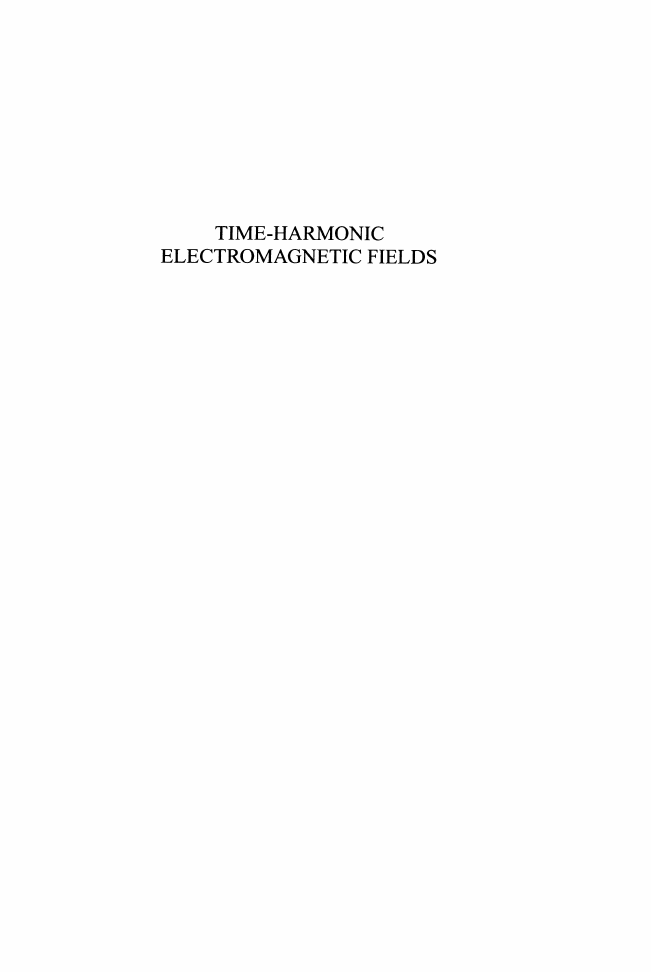
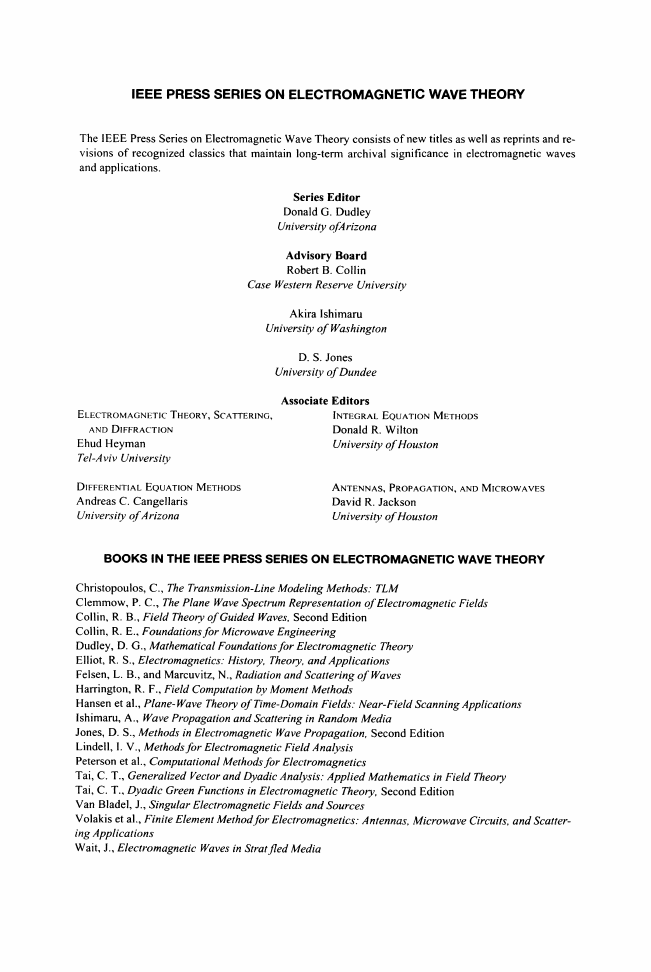
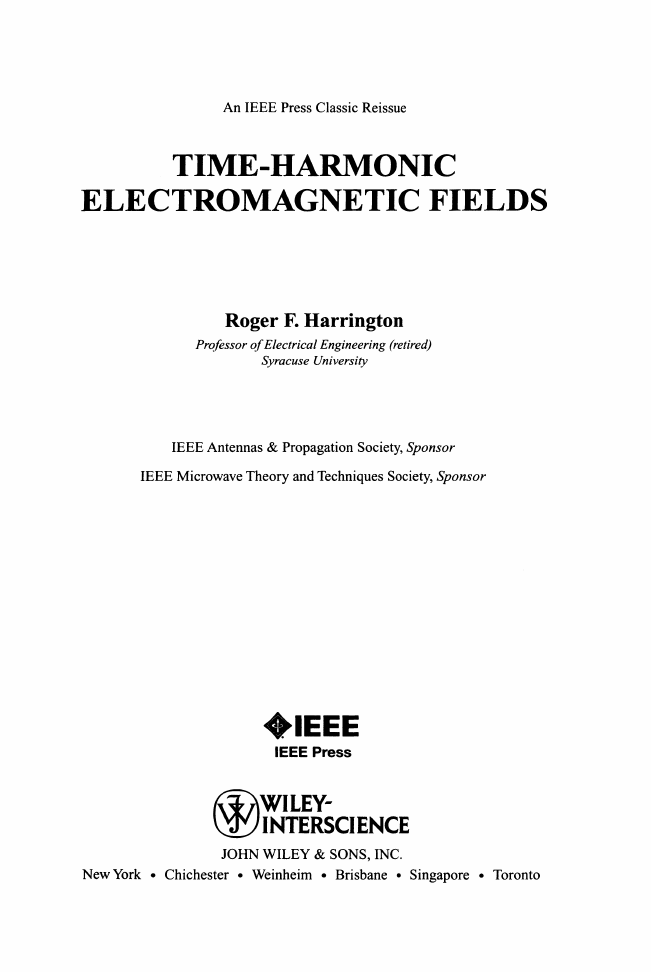
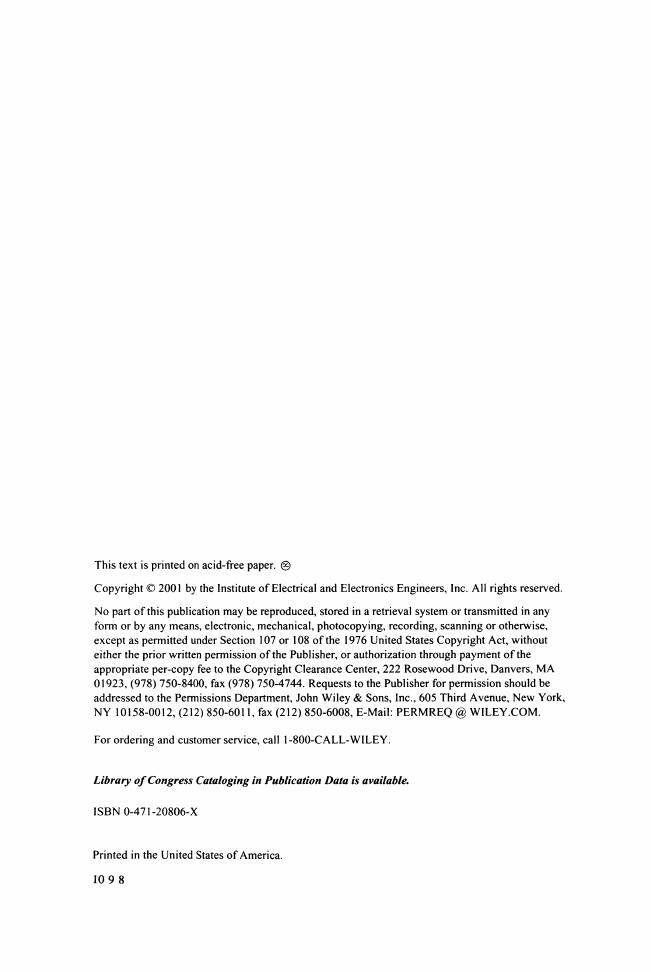
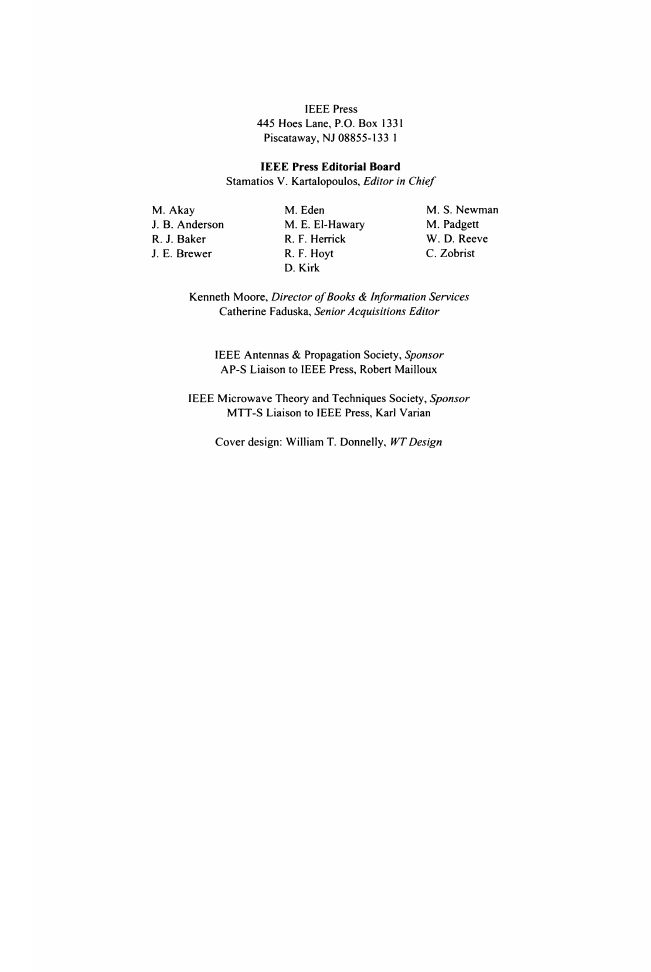
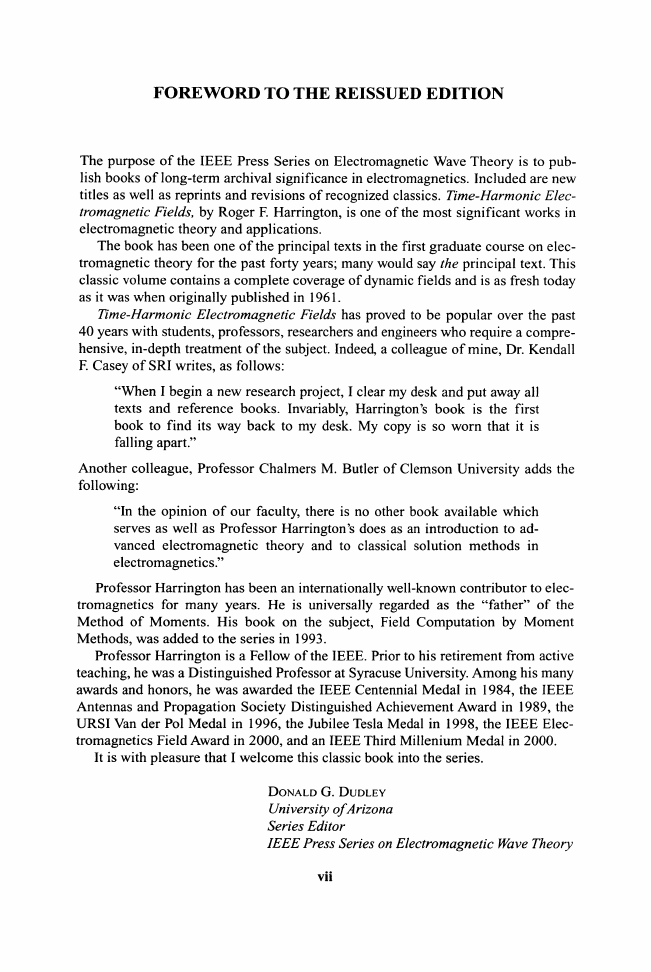
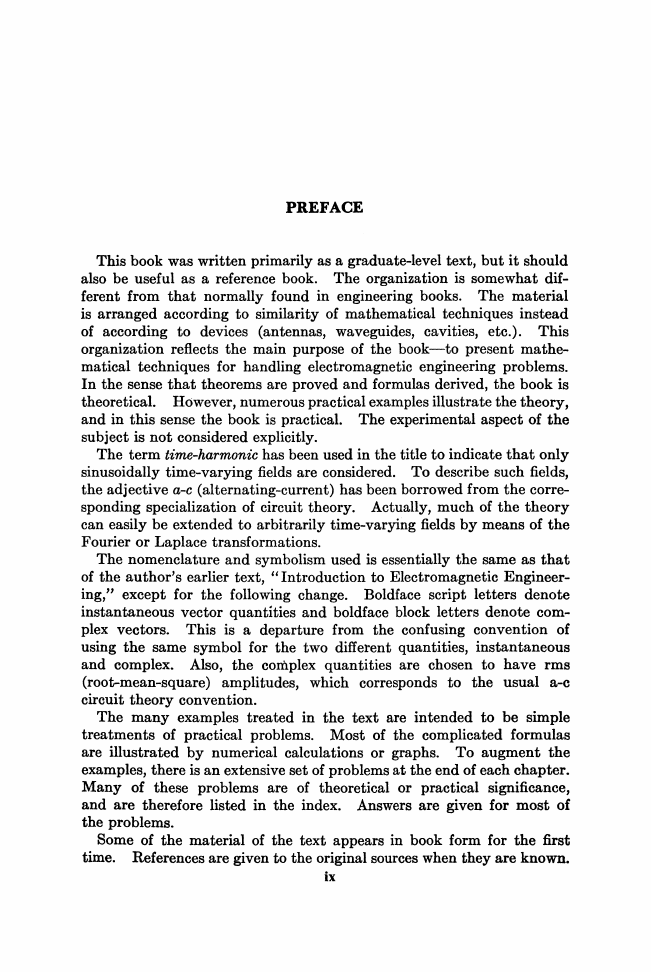
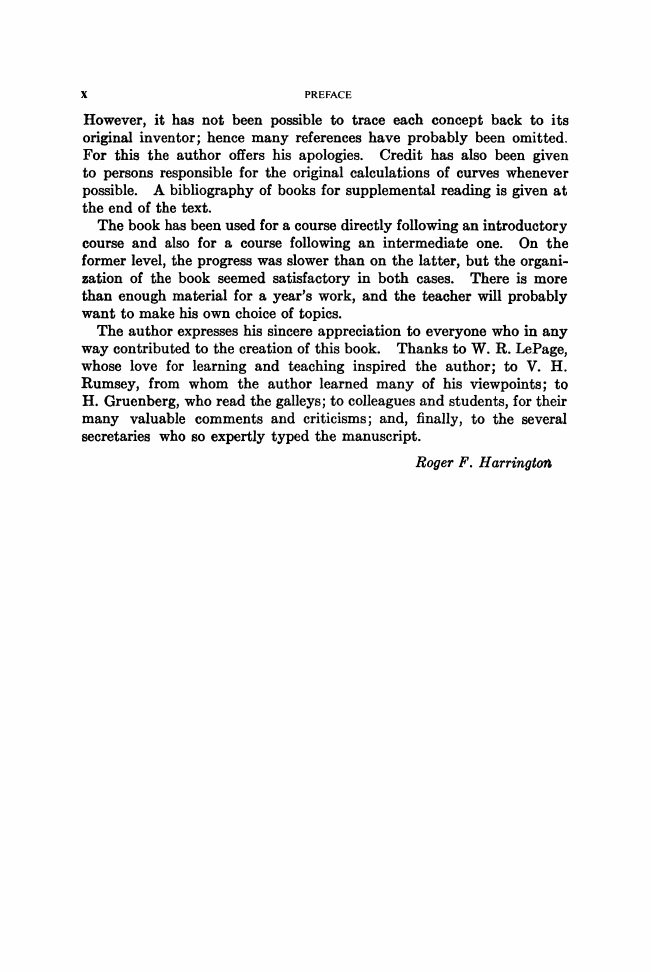








 2023年江西萍乡中考道德与法治真题及答案.doc
2023年江西萍乡中考道德与法治真题及答案.doc 2012年重庆南川中考生物真题及答案.doc
2012年重庆南川中考生物真题及答案.doc 2013年江西师范大学地理学综合及文艺理论基础考研真题.doc
2013年江西师范大学地理学综合及文艺理论基础考研真题.doc 2020年四川甘孜小升初语文真题及答案I卷.doc
2020年四川甘孜小升初语文真题及答案I卷.doc 2020年注册岩土工程师专业基础考试真题及答案.doc
2020年注册岩土工程师专业基础考试真题及答案.doc 2023-2024学年福建省厦门市九年级上学期数学月考试题及答案.doc
2023-2024学年福建省厦门市九年级上学期数学月考试题及答案.doc 2021-2022学年辽宁省沈阳市大东区九年级上学期语文期末试题及答案.doc
2021-2022学年辽宁省沈阳市大东区九年级上学期语文期末试题及答案.doc 2022-2023学年北京东城区初三第一学期物理期末试卷及答案.doc
2022-2023学年北京东城区初三第一学期物理期末试卷及答案.doc 2018上半年江西教师资格初中地理学科知识与教学能力真题及答案.doc
2018上半年江西教师资格初中地理学科知识与教学能力真题及答案.doc 2012年河北国家公务员申论考试真题及答案-省级.doc
2012年河北国家公务员申论考试真题及答案-省级.doc 2020-2021学年江苏省扬州市江都区邵樊片九年级上学期数学第一次质量检测试题及答案.doc
2020-2021学年江苏省扬州市江都区邵樊片九年级上学期数学第一次质量检测试题及答案.doc 2022下半年黑龙江教师资格证中学综合素质真题及答案.doc
2022下半年黑龙江教师资格证中学综合素质真题及答案.doc